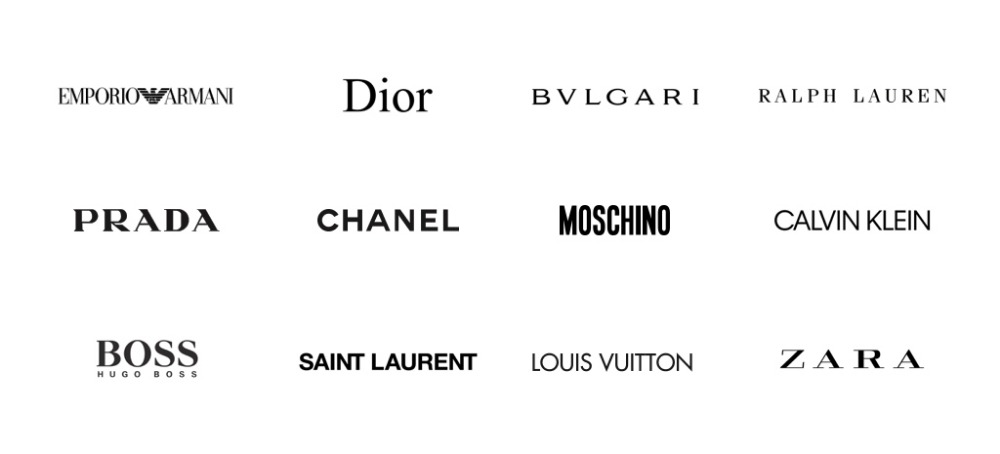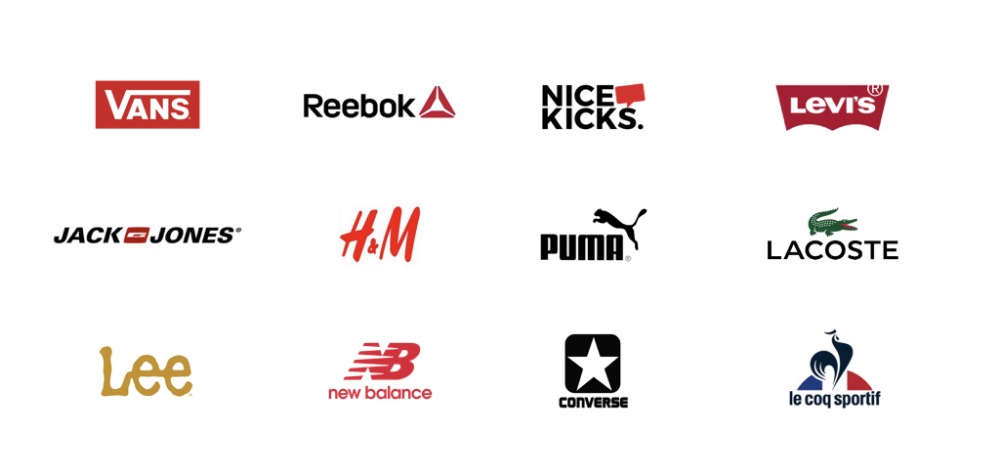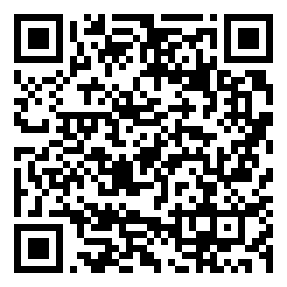How to Do a Logo Audit
And, How My Client's Brand is Doing?
To diagnose the “health state” of a client's brand is essential to tackle it's effective redesign.
Editor's Selection
- Comments:
- 1
- Votes:
- 1
- ES
When we are required to step in brand design, almost always it is related to an existent company or institution that has being using a brand already. It is less frequent to have a client about to launch a venture that needs a new brand. In the first case, to do the previous diagnose is an unavoidable step to realize if the brand needs changes and what kind of changes does it need.
There is this moment in the process when we are required to explain the client how the actual brand is doing and, as professionals, what our recommendations are. There are four possible answers:
-
To leave the brand as it is, because it's performance is good and it doesn't present any disadvantage.
-
To tweak it for optimum performance (in this case the audience, if they notice, won't perceive it as a “brand change”).

-
To boldly intervene but based on the actual icons (in this case the audience notice the difference and tend to interpret it as “evolution”).

-
To design a new brand without keeping features from the former brand (in this case the audience clearly interpret that the institution changed its brand).

These four types of intervention over existent brands are not always presented in this pure state actually, but this example helps to understand the matter.
Let's make clear as well that these options are not there to be chosen freely. The recommended solution must be the one our clients need to be effectively identified by their audience in all messages they'll issue; and if it was not enough, we also have to explain why we have made that decision. We have no other option but to display what aspects within their brands are performing correctly and therefore deserves to remain and what aspects are not and need to be changed.
The diagnosis should always be about specific cases
We shall turn tails from general definitions like “all brands should be striking” or “all brands shall express the values or activity of the company”. I would like to know if those who think like this would change this fashion brands that are not striking at all and neither express the values nor the activity of their issuers:

However, in a different segment of the fashion industry, the brands must be striking:

To assess or diagnose the brand of an specific client, first we shall be accurate about the characteristics that the optimum or ideal brand should have for that client. That implies, among other things, to determine how much striking it should be, if it needs a symbol or not, what is the optimum legibility grade it needs, how different from its competitors it should be, how long it should last without being dated, what are the best designed brands within the same segment, etcetera.
Once we have recognized the requirements this particular brand must have in its optimum state, then we'll be able to comment about their actual brand. This aspect is the main core of my workshops and courses about “Brand Diagnosis”, once this step has being done then it would be easier for us to explain and argue the design changes.
The analysis and its information sources
To define brand's optimum characteristics of our clients we should know this first:
- Who and how my client is. I have to identify the client's strategic profile, its positioning, its values and main identity traits.
- What are all the foreseeable brand usages: over what pieces will be portrayed, media supports and communication circumstances it will have to perform as the brand's identifier.
- How is the actual and potential competitors, brand context.
The diagnosis is an independent stage
About the Brand Diagnosis, it is always convenient to perform it, explain it, approve by the client, bill it and collect before start designing. Therefore in the branding estimate it should be shown as an independent item. The advantage is: the client understands that we won't do “what we fancy” but what the brand needs, and to get to know that there is a professional task to do: the Diagnosis.
It's not a warranty but it is possible that using this work method, the client will be more open to understand our fees than if we present ourselves as a creative who comes up with “good ideas”.
Professional Excellence
If you are looking for content with this level of rigor, you will be interested in our academic offer. Courses designed to meet the real demands of the profession.
View Academic OfferShare
Please value the editorial work by using these links instead of reproducing this content on another site.

Topics covered in this article
What do you think?
Your perspective is valuable. Share your opinion with the community in the discussion.
Comment now!



